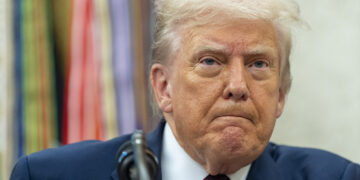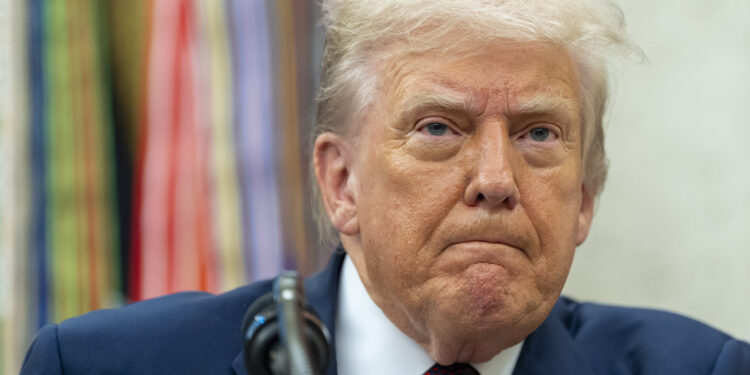Login to Continue Learning
The U.S. and European Union (EU) have agreed on a trade deal that will allow the EU to avoid the latest pharmaceutical tariffs threatened by President Donald Trump, according to news reports.
On Tuesday, Trump announced plans for a “small tariff” on drug imports, which would eventually increase to 250 percent. However, due to the agreement reached in late July, the EU’s pharmaceuticals will face only a 15 percent tariff, far lower than rates imposed on other countries.
This aligns with terms published by the White House and European Commission President Ursula von der Leyen’s assurance that the 15 percent rate is a firm ceiling for pharmaceuticals. Trump’s comments about new tariffs initially caused uncertainty and led to a decline in shares of many European drug companies.
During an interview with CNBC, Trump stated he would impose a small tariff on pharmaceuticals, which could rise to 250 percent within one to one-and-a-half years. He also mentioned that specifics would be announced “within a week or so,” and this new tariff would be separate from country-specific duties.
The U.S. has officially handed the EU a 15 percent tariff on most imports as of Thursday, but certain disagreements remain regarding the terms of the trade deal. Some member nations view it as an informal understanding rather than a finalized agreement. French President Emmanuel Macron told his ministers that negotiations would continue after the deal was signed.
Trump also stated that if the EU fails to meet investment commitments outlined in the deal, he will hike their tariff rates to 35 percent. Regarding the potential 250 percent tariff on pharmaceuticals, White House deputy press secretary Kush Desai clarified that no decisions should be considered final until officially announced by President Donald Trump.
📚 Reading Comprehension Quiz
According to the news reports, what is the current tariff rate on pharmaceuticals from the EU under the trade deal with the U.S.?
Please login or register to take the quiz and earn points!



















